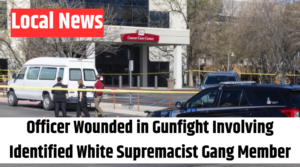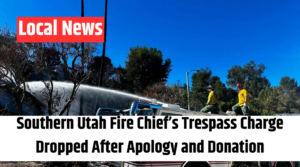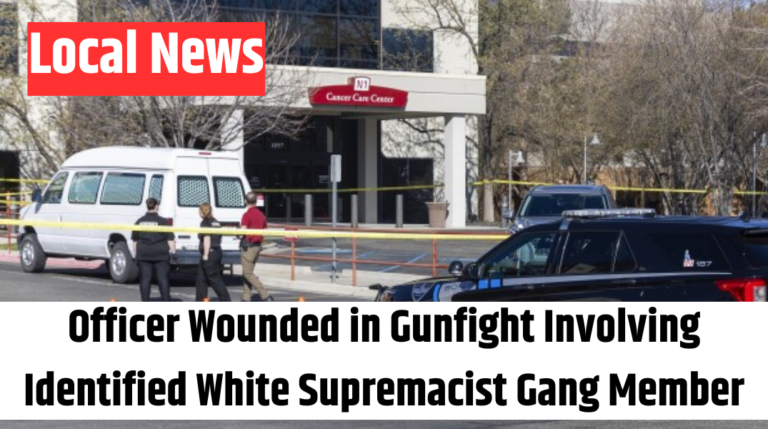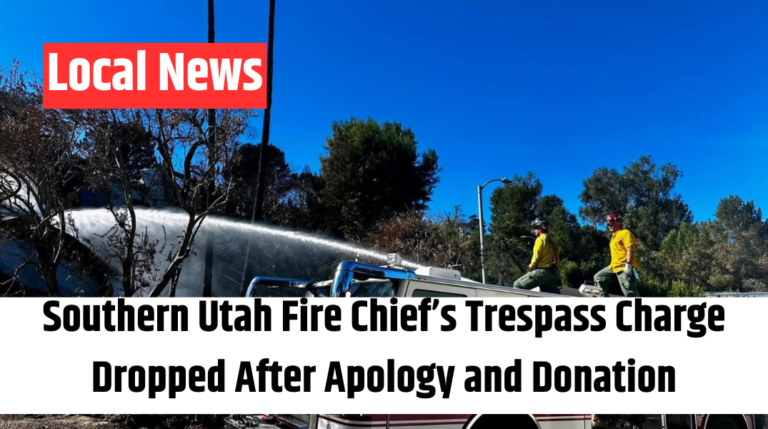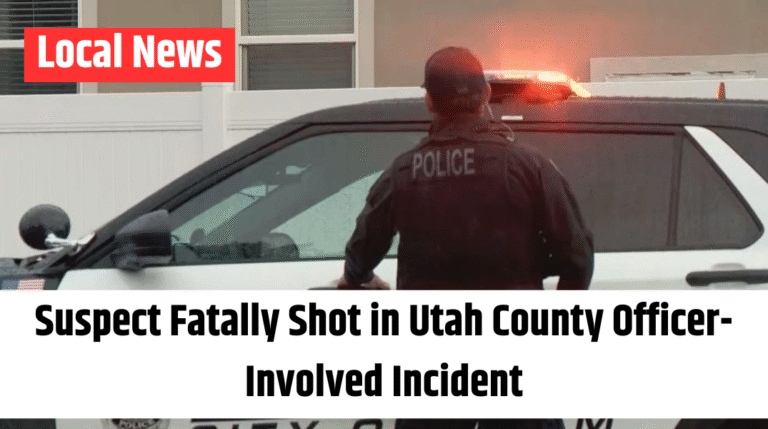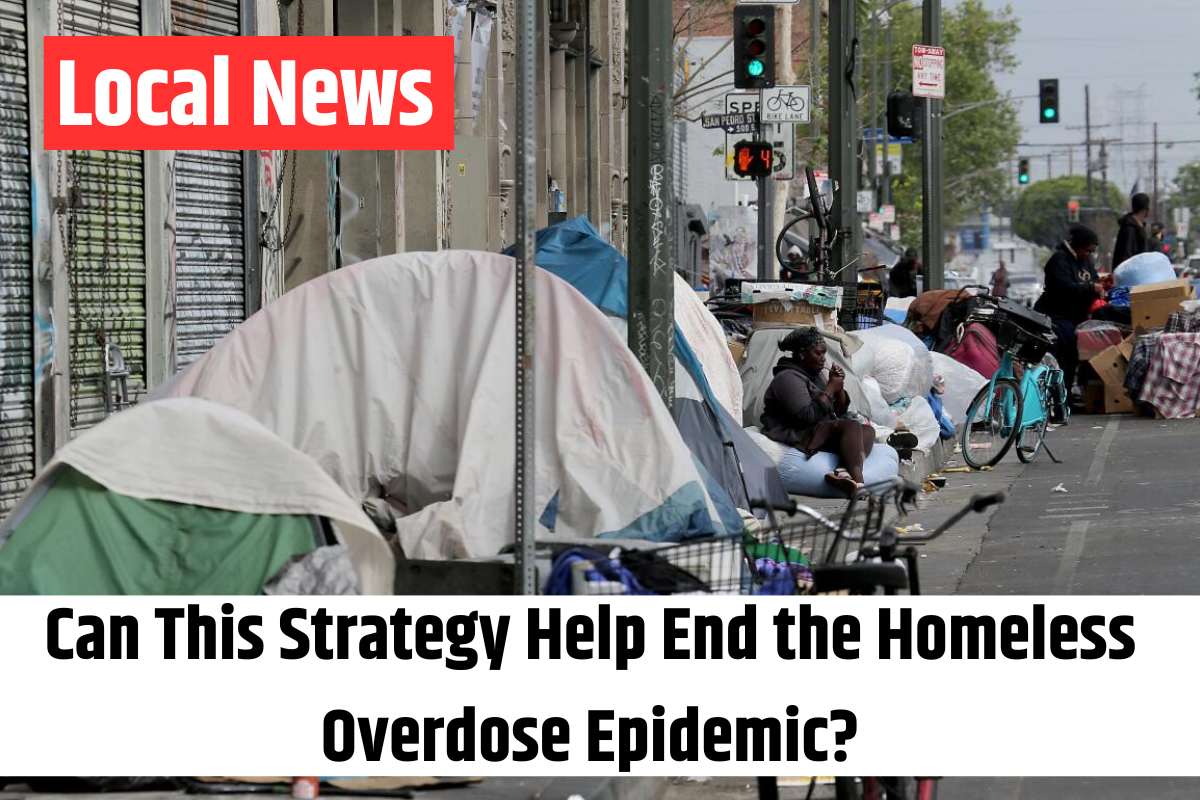
Dixie Nennis once lived in a cycle of homelessness, arrests, and alcohol addiction. But from his perspective, many of his peers on the streets faced even greater struggles—particularly those trapped in the grip of synthetic opioids like fentanyl.
Drug overdoses remain the leading cause of death among Utah’s homeless population, accounting for 35% of the 216 recorded deaths in 2023. The crisis is worsening statewide, with Utah experiencing 606 drug-related fatalities last year—the highest number on record. Nearly half of these involved fentanyl, a synthetic opioid far more potent and affordable than heroin or prescription painkillers.
Homelessness and drug addiction are often intertwined. According to Cody Egbert, a director at Switchpoint Community Resource Center in Salt Lake City, approximately 65% of residents at the city’s new homeless microshelter entered the program battling opioid addiction. Nennis, who now works at Switchpoint preparing meals for others in need, credits his turnaround to police officers who connected him with critical resources at his lowest point.
Bridging Public Safety and Public Health
State Representative Tyler Clancy, R-Provo, is leading efforts to change how Utah tackles homelessness. His latest proposal, House Bill 199 (HB199), passed the House Health and Human Services Committee and is now up for a full House vote.
Clancy, a Provo Police Department investigator, argues that policymakers must recognize the overlap between law enforcement and life-saving interventions.
“Some see homelessness as a public health crisis, others as a public safety issue,” Clancy said. “HB199 is an attempt to merge these perspectives and craft a balanced solution.”
Under HB199, counties would be required to compile a comprehensive list of addiction treatment and mental health resources for first responders—including police, firefighters, and social workers—on an annual basis. Emergency personnel administering overdose-reversal drugs would be encouraged to immediately connect individuals to treatment services.
“If we’re reversing 1,000 opioid overdoses every year, we need to surround those individuals with recovery resources to make a real impact,” Clancy said.
The bill also proposes mobile opioid treatment units capable of administering medications like methadone, buprenorphine, and naltrexone to those experiencing withdrawal symptoms.
Addressing High-Crime Areas and Drug Activity
In addition to linking first responders with addiction treatment providers, HB199 seeks to curb criminal activity linked to drug use and homelessness. The bill would:
- Expand the definition of a public nuisance to include unlawful gunfire and drug-related fumes.
- Strengthen legal actions against high-crime properties by allowing courts to mandate increased security, surveillance upgrades, better lighting, and evictions.
- Establish the offense of “maintenance of a drug-involved premise,” making it a second-degree felony to knowingly operate a facility for drug use or distribution.
- Restrict syringe exchange programs from operating within 100 feet of schools, churches, libraries, and parks, while also requiring these programs to offer pathways to treatment.
First responders have largely supported the bill’s focus on expanding treatment access and cracking down on crime-heavy areas. However, harm reduction advocates argue that tighter restrictions on syringe exchanges could lead to more discarded needles in public spaces and reduced access to services for those struggling with addiction.
Shifting Utah’s Approach to Homelessness
HB199 is part of a broader push by Clancy and other lawmakers to shift Utah away from a “housing-first” model and toward a system that integrates sobriety and mental health support into homelessness policies.
Clancy recently introduced another bill requiring homeless shelters to implement a zero-drug policy while incorporating the Know-by-Name caseworker system into state homelessness databases. On Thursday, his resolution urging federal agencies to allow states to administer housing assistance with a focus on sobriety and mental health passed the House unanimously.
However, this legislative push has created tensions between Utah’s state government and Salt Lake City officials. In December, Governor Spencer Cox and top legislative leaders sent a letter to Salt Lake City Mayor Erin Mendenhall, urging her administration to take stronger measures against crime and public safety concerns related to homelessness—or risk legislative intervention.
Mendenhall responded in January with a 27-point public safety plan, which includes boosting police presence downtown, cracking down on gang activity, and fast-tracking emergency shelter expansion on city-owned property. While the mayor acknowledges the need for enforcement, she has also called for criminal justice reform and increased funding for homelessness services.
Alternative Proposals in the Legislature
While Clancy’s legislation prioritizes enforcement, other lawmakers have introduced bills with a stronger emphasis on protections and services for homeless individuals:
- SB78 (Sen. Jen Plumb, D-Salt Lake City): Would establish a position within the Office of Homeless Services to investigate complaints made by those receiving homelessness services.
- SB121 (Sen. Jen Plumb, D-Salt Lake City): Proposes a grant program for businesses and residents impacted by crime and property loss near homeless shelters or encampments.
- SB182 (Sen. Todd Weiler, R-Woods Cross): Introduces a “code red” alert system requiring shelters and cities to expand capacity when temperatures exceed 105 degrees.
- HB362 (Rep. Grant Miller, D-Salt Lake City): Seeks to establish legal protections for homeless individuals, including the right to sue for violations of privacy, unlawful restrictions on movement, or interference with voter registration.
Egbert, the director at Switchpoint, believes policies like Weiler’s “code red” initiative could help build trust between law enforcement and the homeless community.
“As someone who has lived on the streets, I’ve seen the damage done by abatement efforts and crackdowns that fail to consider the human side of this crisis,” Egbert said. “People experiencing homelessness need more than enforcement—they need empathy, stability, and a real chance at recovery.”


